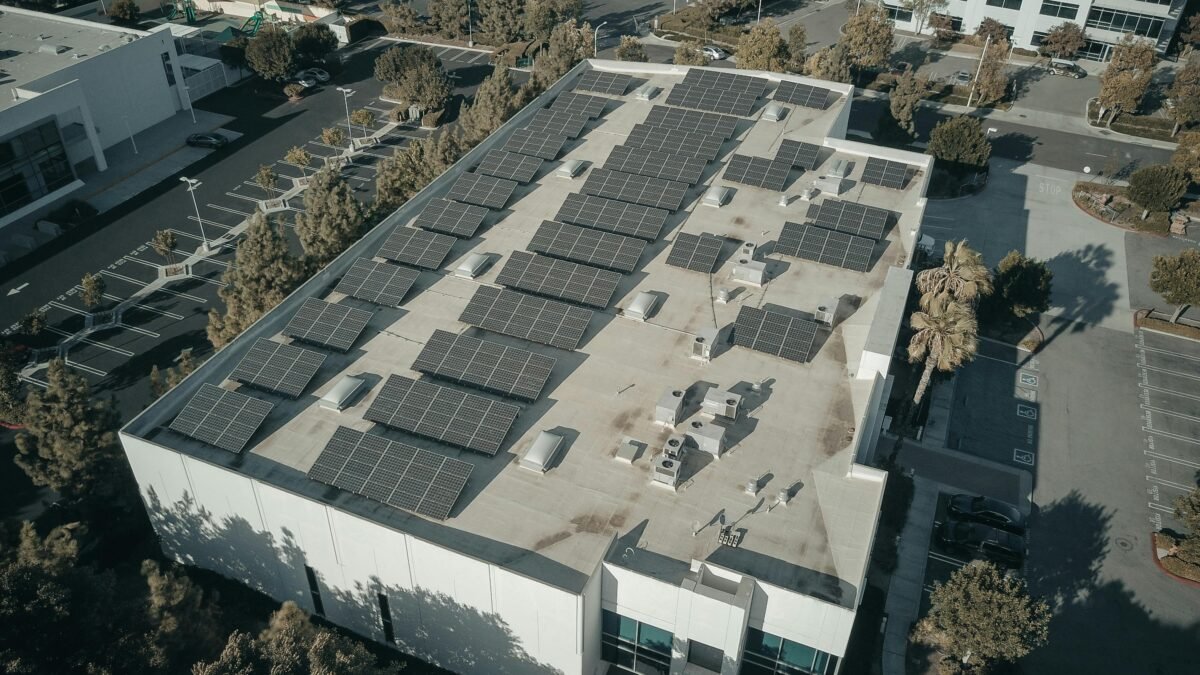As urban areas continue to grow and the demand for sustainable energy solutions increases, innovative technologies like transparent solar panels are becoming essential. Transparent solar panels, also known as solar windows, are a groundbreaking advancement in the renewable energy sector. These panels are designed to generate electricity while allowing light to pass through, making them ideal for integration into buildings, windows, and other surfaces in urban environments. This blog explores the potential and benefits of transparent solar panels and their role in shaping the future of urban energy systems.
The Technology Behind Transparent Solar Panels
Transparent solar panels use advanced materials and technologies to achieve their unique properties. Unlike traditional opaque solar panels, which absorb all visible light to generate electricity, transparent solar panels selectively capture certain wavelengths of light while allowing visible light to pass through. This is achieved through the use of organic photovoltaic (OPV) materials, thin-film technologies, or perovskite solar cells, which can be engineered to be transparent or semi-transparent.
OPV materials are particularly promising because they can be made from flexible, lightweight, and potentially low-cost materials. These properties make them suitable for a wide range of applications, from building-integrated photovoltaics (BIPV) to wearable electronics. Perovskite solar cells, on the other hand, are known for their high efficiency and tunable properties, which allow for the creation of transparent or semi-transparent devices.
Integration into Urban Environments
The integration of transparent solar panels into urban environments presents numerous opportunities for sustainable energy generation. Buildings with large glass surfaces, such as skyscrapers, office buildings, and shopping malls, can benefit greatly from this technology. By converting windows into energy-generating surfaces, transparent solar panels can significantly reduce a building’s reliance on external power sources and lower its overall energy consumption.
In addition to windows, transparent solar panels can be integrated into other parts of buildings, such as facades, roofs, and skylights. This integration not only maximizes the energy generation potential of the building but also enhances its aesthetic appeal. Architects and designers can incorporate transparent solar panels into their projects without compromising on design and aesthetics, making them an attractive option for modern urban developments.
Benefits of Transparent Solar Panels
Energy Efficiency: Transparent solar panels contribute to the overall energy efficiency of buildings by generating electricity from sunlight. This reduces the need for energy from non-renewable sources, lowering greenhouse gas emissions and promoting sustainability.
Aesthetic Appeal: Unlike traditional solar panels, which can be bulky and visually intrusive, transparent solar panels blend seamlessly into building designs. This makes them an ideal choice for architects and designers who prioritize aesthetics in their projects.
Versatility: Transparent solar panels can be applied to a variety of surfaces, including windows, facades, roofs, and skylights. Their versatility makes them suitable for a wide range of applications in urban environments.
Reduced Heat Load: By filtering and converting sunlight, transparent solar panels can reduce the heat load on buildings. This can lead to lower cooling costs and improved indoor comfort, particularly in hot climates.
Sustainable Urban Development: The integration of transparent solar panels into urban infrastructure supports sustainable development goals by promoting the use of renewable energy and reducing the environmental impact of buildings.
Challenges and Future Prospects
Despite their many benefits, transparent solar panels face several challenges. One of the primary obstacles is achieving high efficiency while maintaining transparency. Researchers are continuously working on improving the efficiency of transparent solar cells to make them more competitive with traditional solar panels. Additionally, the long-term durability and performance of transparent solar panels in real-world conditions are areas that require further investigation.
As technology advances and research progresses, it is likely that transparent solar panels will become more efficient, cost-effective, and widely adopted. Governments and policymakers can support this transition by implementing incentives and regulations that encourage the use of building-integrated photovoltaics and other innovative renewable energy solutions.
Conclusion
Transparent solar panels represent a significant advancement in the field of renewable energy, offering a sustainable and aesthetically pleasing solution for urban energy generation. By integrating these panels into buildings and other surfaces, cities can harness the power of the sun to reduce energy consumption, lower greenhouse gas emissions, and promote sustainable development. As technology continues to evolve, transparent solar panels are poised to play a crucial role in shaping the future of urban energy systems and contributing to a greener, more sustainable world.




